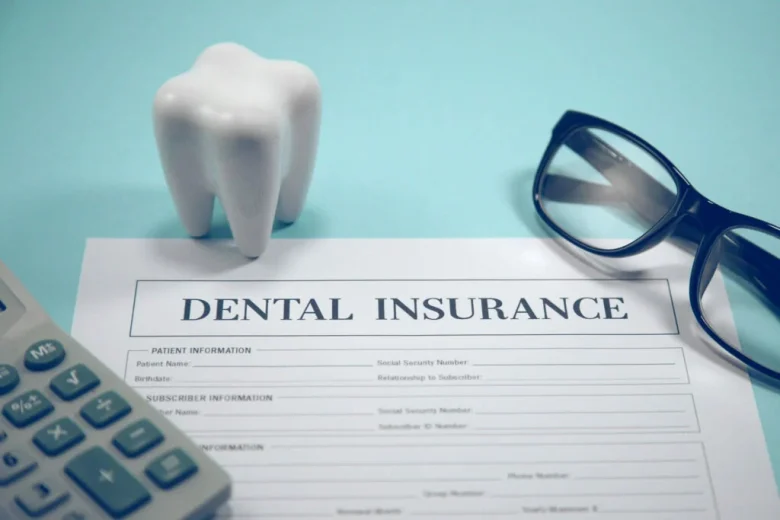A dental discount plan functions much like a membership program. Members pay an annual fee and receive pre-negotiated discounted rates on services from in-network dentists.
Unlike dental insurance, they don’t have premiums, waiting periods, deductibles, or coverage caps. Read on to learn if a discount plan is right for you.
1. Access to Dentists:
Dental insurance can be complex and frustrating for both patients and dental offices. Dealing with waiting periods, pre-treatment estimates, information requests, denials and disallows can be exhausting!
Dental preferred provider organization (PPO) plans have networks of dentists that offer lower costs for covered services. PPO plans typically have deductibles and coinsurance and sometimes require referrals for specialty care.
Dental exclusive provider organization plans have closed panels, which limit the subscriber’s choice of dentists. These plans often have a low monthly cost and do not include coverage for emergency visits or non-preventive services. Dental indemnity or traditional fee-for-service plans are more flexible and have no restrictions, but may cost a little more.
2. Convenience:
Insurance can be complicated to understand and often comes with an annual coverage limit. It also requires patients to pay a fixed fee, referred to as coinsurance, when they go to the dentist.
Dental discount plans, on the other hand, are a lot simpler to use. These are membership programs that give a flat discount on certain dental procedures, such as crowns or root canals.
These plans are designed for individuals who don’t want to deal with high premiums, deductibles, and waiting periods. They also work well for people who have existing insurance plans and need better discounts than their current insurance plan offers.
3. Savings:
Dental insurance is a complex issue. Insurance premiums, deductibles, and copayments add up quickly. And with the increasing economic uncertainty, more patients are considering alternatives to traditional insurance plans.
Many national discount dental plans operate on a warehouse club model similar to Costco or Sam’s Club. Patients pay a fee to join, and then dentists who are part of the plan offer discounts.
These discounts can save patients significant money, especially for those who are looking to avoid insurance waiting periods and high premiums. Depending on your needs and budget, a dental discount plan may be the best option for you. Learn more about dental savings plans today.
4. Flexibility:
Dental insurance is not flexible — especially if you have a high premium or deductible. You may have to wait for certain services or be limited to in-network providers.
A discount plan is more flexible. You can schedule treatment immediately, and you won’t have to worry about meeting a deductible or waiting for an annual cap to reset. These plans work like membership programs, so they can be renewed yearly if you’re happy with them. Different plans vary by cost and types of discounts offered. Some even come with added benefits. You can select a plan that covers preventative treatments and specialty procedures, such as braces and Invisalign or periodontal care.
5. Preventive Care:
In some cases, a dental discount plan can cost less than insurance. Instead of having to deal with annual maximums, information requests, denials and disallows, and waiting periods, patients simply visit a dentist that is contracted with the plan and pay at a discounted rate.
Many plans have deductibles that you must pay before the plan starts to pay and copays, which are flat fees that you must pay for certain services or medications. However, these types of fees can be avoided with a dental discount plan if you are fine seeing a provider that is not on the plan network. In this case, the savings can add up quickly.
6. Out-of-Network Coverage:
For patients with traditional plans, the plan’s network is an important factor to consider. In addition, patients should think about the types of procedures they are planning to have to determine if the plan is right for them.
Dental insurance providers offer a variety of networks to choose from. Some plans, such as Preferred Provider Organization (PPO) and Managed Fee-for-Service Plans, have large nationwide provider networks.
Dental discount plans operate like a buyer’s club, with an annual membership cost that provides pre-negotiated discounts at participating dentists. This can help keep costs low for dental services. It can also help patients budget their money for future procedures.
7. Co-Pays:
Coinsurance is a fixed percentage of the cost of a dental procedure that you pay in addition to the premium. This is typically only a feature of Dental HMO-style plans.
With a discount plan, there are no deductibles or copays. You pay the discounted amount directly to the dentist and there is no hassle with managing written claims or dealing with insurance exclusions and denials.
Discount plans operate like a club where you pay an annual membership fee to get pre-negotiated discounts at participating dentists. It is important to consider key things such as budget constraints and the type of procedures you will need over the course of the year when choosing the right plan for your needs.
8. Deductibles:
A dental insurance deductible is the amount you pay for covered services before your plan starts paying. Most plans have individual deductibles, and some offer family deductibles.
Many dental insurance plans cover preventive care—like checkups and cleanings—at 100%, basic procedures—such as fillings and extractions—at 70%, and major procedures—such as crowns—at 50%. The coverage formula may vary from plan to plan, however.
The benefits of a dental savings program can outweigh the hassles that come with traditional dental insurance. If you have the time and patience to deal with the extra work, a savings program could be the right choice for you.




